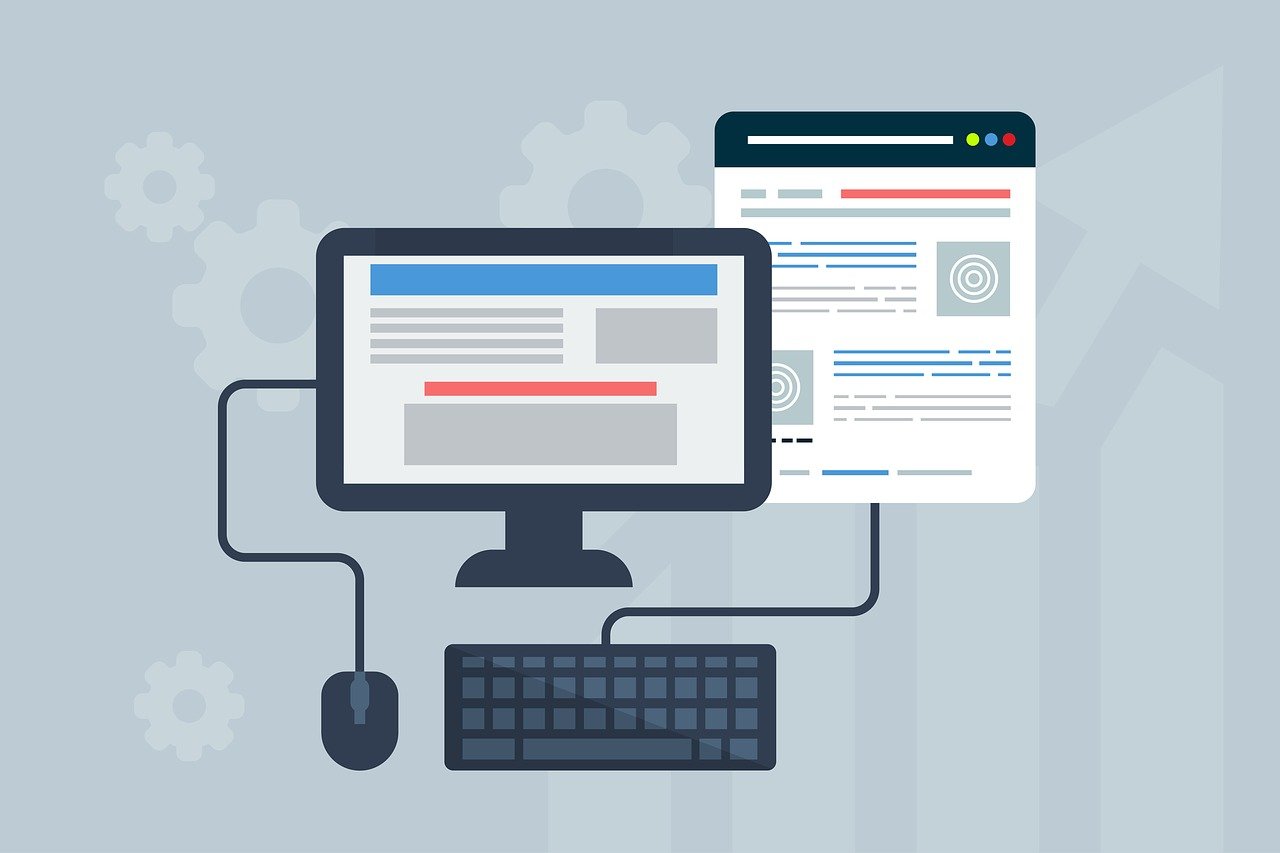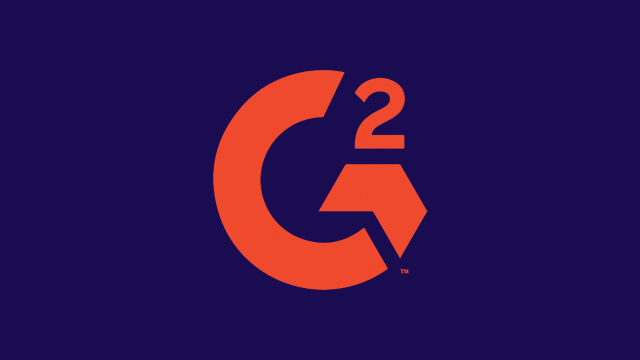Estimated reading time: 4 minutes
In the fast-paced digital era, where users expect instant access to information, a website’s page speed plays a crucial role in user experience and search engine rankings. Slow-loading pages can lead to high bounce rates, negatively impacting your website’s performance and user satisfaction. To ensure optimal page speed, it’s essential to follow a series of steps aimed at optimizing various elements of your website. In this article, we’ll explore the necessary steps to achieve speed and enhance the overall performance of your website.
Conduct a Page Speed Audit:
Before diving into optimizations, it’s crucial to assess your website’s current performance. Use tools like Google PageSpeed Insights, GTmetrix, or Pingdom to analyze your website’s loading speed and identify specific areas that need improvement. These tools provide valuable insights into factors such as server response time, image optimization, CSS and JavaScript efficiency, and overall page structure.
Optimize Images:
Large image files are a common culprit for slow-loading pages. Compress and resize images without compromising quality using tools like Photoshop, TinyPNG, or ImageOptim. Implement lazy loading, a technique that loads images only when they come into the user’s viewport, reducing initial page load time.
Enable Browser Caching:
Browser caching allows your website to store static files (CSS, JavaScript, images) on a visitor’s device, reducing the need to reload these resources on subsequent visits. Configure your server to set appropriate cache headers for different types of files. This ensures that returning visitors experience faster load times.
Minimize HTTP Requests:
Each element on a web page, such as images, stylesheets, and scripts, requires an HTTP request. Minimize the number of requests by combining multiple files into one (CSS sprites for images, combining CSS and JavaScript files). This reduces the load on the server and speeds up page rendering.
Optimize CSS and JavaScript:
Clean and minimize your CSS and JavaScript files to remove unnecessary characters, spaces, and comments. Utilize tools like UglifyJS and CSSNano to automate this process. Additionally, consider asynchronous loading for non-essential scripts to prevent them from blocking the rendering of the page.
Prioritize Above-the-Fold Content:
Load critical content, often referred to as “above-the-fold” content, first to provide users with a faster perceived page load time. Optimize the initial rendering by prioritizing essential styles, scripts, and images required for the visible part of the page.
Use Content Delivery Networks (CDNs):
CDNs distribute your website’s static content across multiple servers globally, ensuring faster load times for users regardless of their location. Popular CDNs include Cloudflare, Akamai, and Amazon CloudFront. Integrate a CDN into your website architecture to reduce latency and improve overall speed.
Optimize Server Response Time:
Evaluate your hosting environment and server performance. Choose a reliable hosting provider and consider upgrading to a more robust server or utilizing a Content Delivery Network (CDN) to reduce server response times.
Implement GZIP Compression:
Enable GZIP compression to reduce the size of your website files, making them quicker to transfer. Most web servers and content management systems support GZIP compression, which can significantly decrease the time it takes for a browser to download your web pages.
Regularly Update and Maintain:
Keep your website’s software, plugins, and content management system up to date. Developers often release updates that include performance improvements and security fixes. Regular maintenance ensures your website continues to function efficiently and securely.
Optimizing website page speed is an ongoing process that requires a combination of technical expertise and attention to detail. By following these steps, you can significantly enhance the performance of your website, providing users with a seamless and fast browsing experience. Regular monitoring and adjustments based on evolving technologies and user behaviours will ensure that your website remains optimized for speed in the ever-changing digital landscape.
For the latest tech news and reviews, follow Rohit Auddy on Twitter, Facebook, and Google News.





